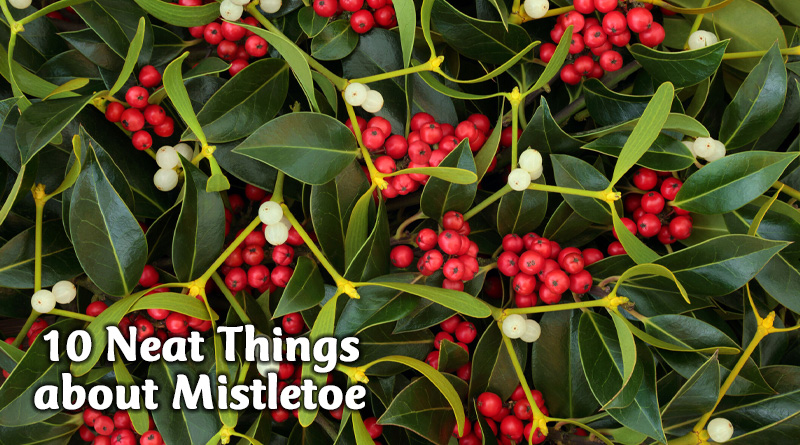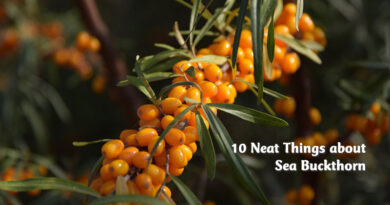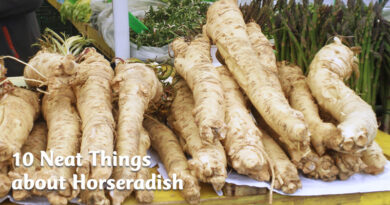About Mistletoe

1. Divine essence of male virility.
Mistletoe (Viscum album) was seen in pre-Christian Europe as the symbol of maleness. The berries became attached to fertility and virility, becoming the symbol of romance.

2. The kissing plant.
Mistletoe stimulates young men, and sometime old, to grab the nearest female and plant a kiss on her. While not directly traceable to the plant’s well-known habit as a parasite, the action could be construed as a symbol of man’s dependence on woman. According to legend however, the habit started among the Druids in England, who considered mistletoe cut with a golden knife from oaks (to which it rarely attaches itself) as sacred. In Norse mythology, Baldur, the God of Peace, was slain by an arrow made from the plant. He was brought back to life by his fellow gods and mistletoe became sacred to Freya, Goddess of Love, who decreed that whosoever should pass under it would receive a kiss to show that the plant had ceased to be a symbol of hate. A likely story! Tradition has it that each time a kiss is planted, a berry should be plucked. When all the berries are gone, the kissing stops.

3. Stick-to-it-ness.
The Latin word viscum means sticky. Mistletoe berries contain a mucilaginous substance that is very adhesive. When a bird tries to eat the berries, which are high in protein, the juice gets stuck on their bills. They try to rub it off on the nearest branch, where the seed adheres then puts down its roots, er haustorium, the organ that sends out fibres to penetrate the wood, seeking out the nutrients from the arteries of the tree, upon which the mistletoe lives.
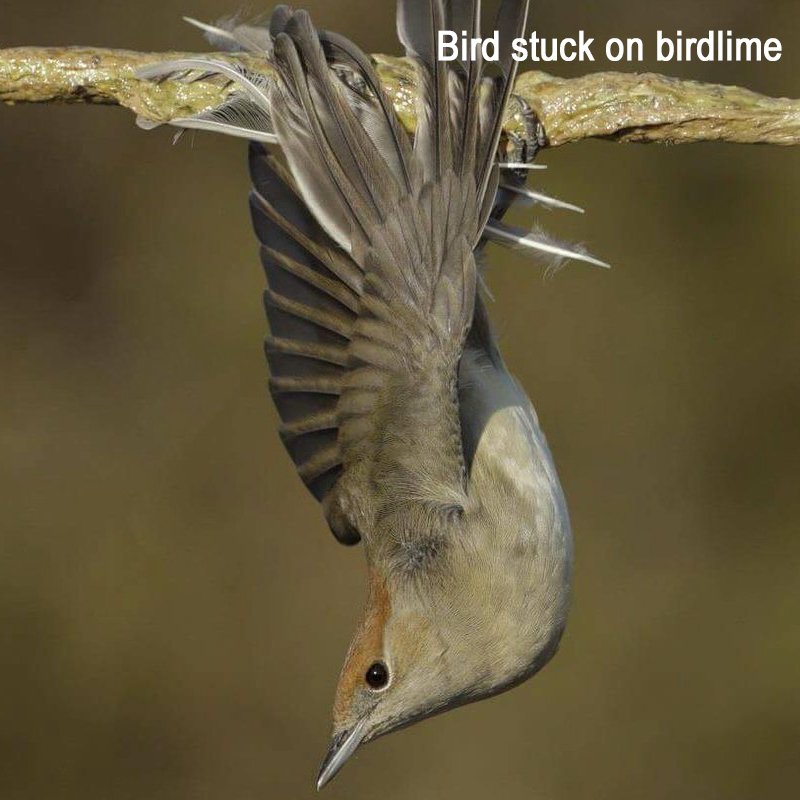
4. Birdlime.
In South Africa, chewed mistletoe berries were once used as birdlime to catch birds. The messy mass was spit out and rolled into thin strands of sticky stuff, then wound around a perching branch. When the bird landed on it, it stuck and was then easy to capture. Incidentally, boiled bark from the holly tree was also used as birdlime.
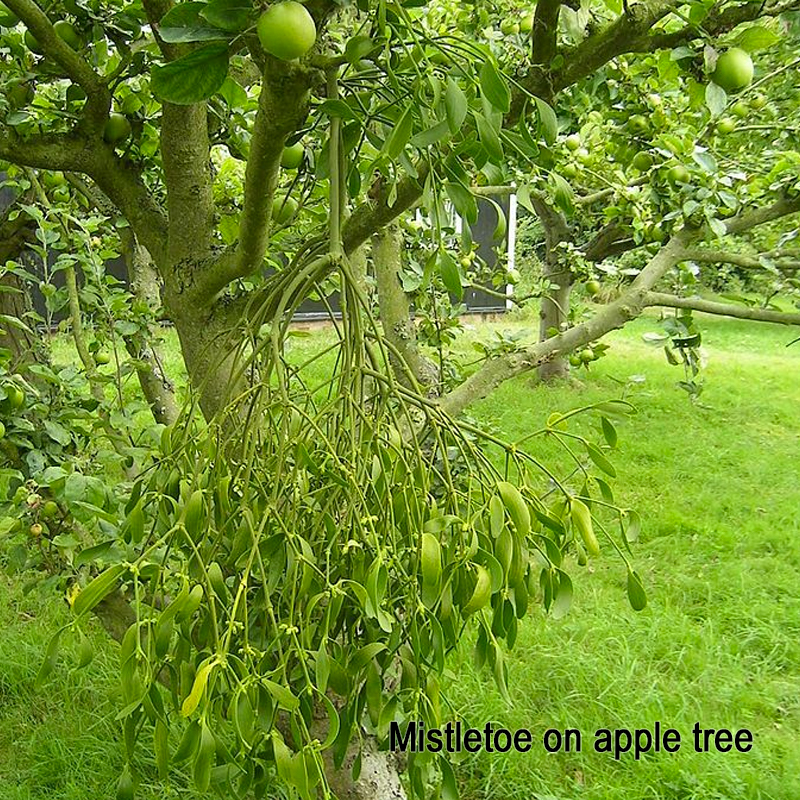
5. Evergreen.
Mistletoe is evergreen. It loves to parasitize trees such as apples, ash and hawthorn where it forms great green, leafy balls. A tree infested with it can look very green in midwinter. Some orchardists take advantage of mistletoe’s preference for apple trees, harvesting the fruit in the fall and the mistletoe in December when the berries ripen. This is what happens at Cotehele, England, in an orchard that dates back to 1731. The mistletoe is nurtured but controlled and not allowed to destroy its host.
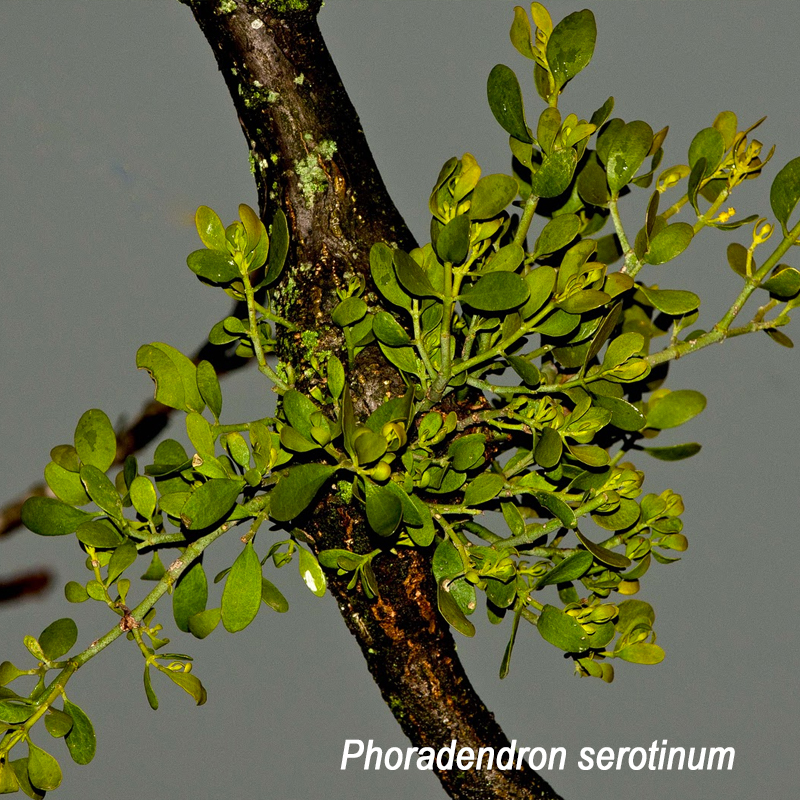
6. North American mistletoe.
So far, we’ve been speaking about Viscum album, the mistletoe of Europe. Here in North America, we have our own version, the Phoradendron serotinum, which can have red, yellow, orange or white berries. This species is native to the eastern part of the continent and infects cedar, ash and elm, among other woody plants.
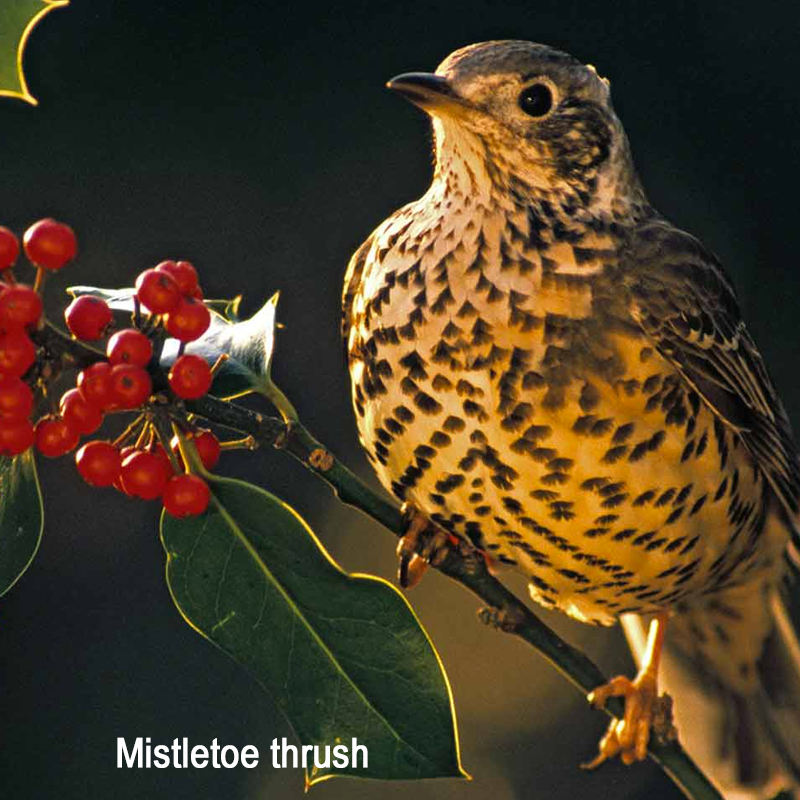
7. Are mistletoe berries poisonous?
While mistletoe is the favourite food of the silky-flycatcher and the mistletoe thrush, people can become very ill from eating its berries and leaves. They cause stomach cramps and diarrhea. Having said that, native Americans used the Phoradendronberries for medicinal purposes and Viscumwas used in Europe to treat circularity and respiratory problems.
8. What’s in a name?
The term mistletoe is said to derive from the Old English words for ‘mistal’ meaning dung, and ‘tan’ meaning twig. The American version is from a Greek word, phoradendron, meaning ‘thief of the tree’ for its parasitic propensities.
9. Kill your host, kill yourself.
While mistletoe can deform a tree’s branches and appear unsightly, it doesn’t generally kill the tree. It supplements its nutrition through some photosynthesis and sometimes eastern (American) mistletoe can be found growing on other mistletoe.
10. European or American, how can you tell?
European mistletoe has pairs of oval leaves with smooth edges. White berries grow in dense clusters of two to six. Eastern or American mistletoe has shorter, broader leaves and the berries grow in longer clusters of 10 or more.



